Gala Porras-Kim: Expansive Data Fields is the third and final film from Hyundai Artlab centered around the LACMA Art + Technology Lab—one of the museum’s unique programs that was revitalized through a long-term partnership between Hyundai Motor and LACMA beginning in 2015. This series showcases bold experimentation and cross-disciplinary innovation fostered by the lab through the eyes of three artists.
This film focuses on Expansive Data Fields, the 2023 LACMA Art + Technology Lab project developed by Los Angeles-London-based artist Gala Porras-Kim. In this project, Porras-Kim worked closely with the museum to address gaps in its cataloging systems, proposing new database fields that expand how cultural artifacts are registered, conserved, and displayed. By introducing methods that go beyond traditional frameworks, her intervention allows for a richer and more multifaceted understanding of these objects, opening up possibilities for alternative narratives about their historical significance and ongoing functions.
Porras-Kim’s multidisciplinary practice incorporates meticulous research, drawing, and collaboration with museum professionals to question how institutions shape the stories of the objects they preserve. The film delves into her creative process, highlighting her ability to bridge art, history, and technology to rethink how museums define and display cultural heritage. Gala Porras-Kim: Expansive Data Fields explores the evolving roles of objects within collections ultimately demonstrating how cultural artifacts can be understood in more inclusive and dynamic ways.





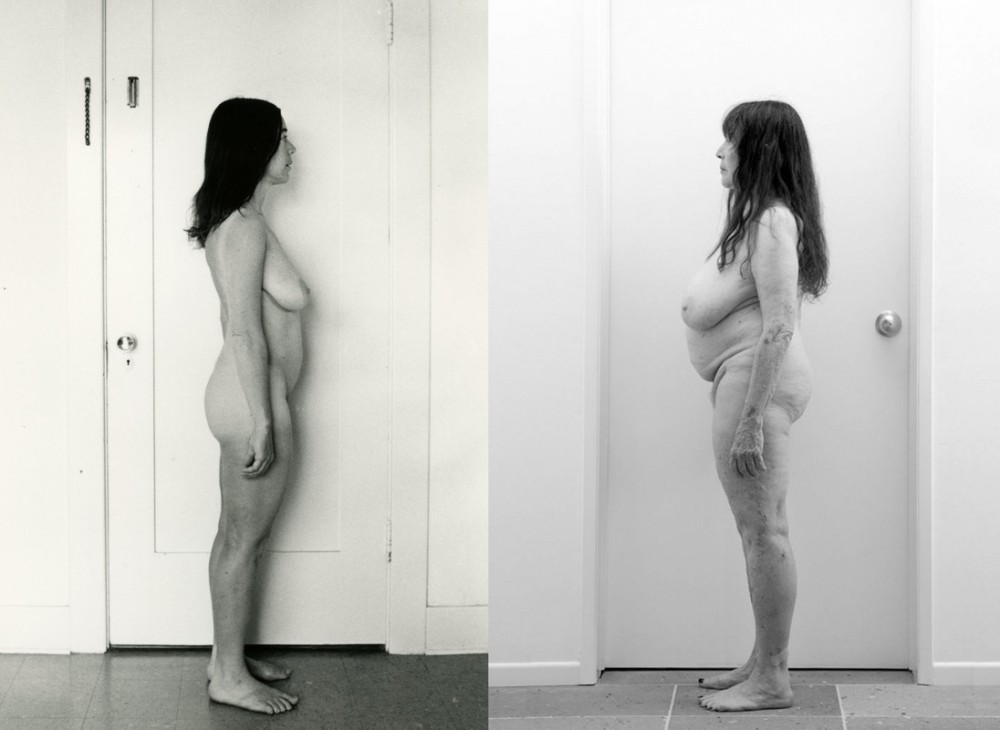
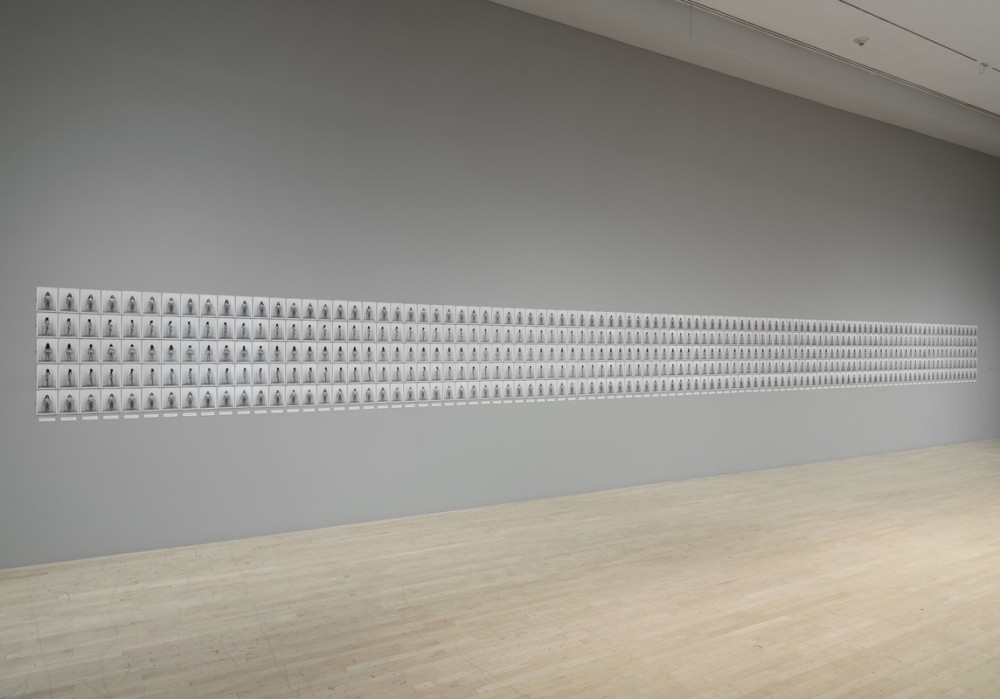
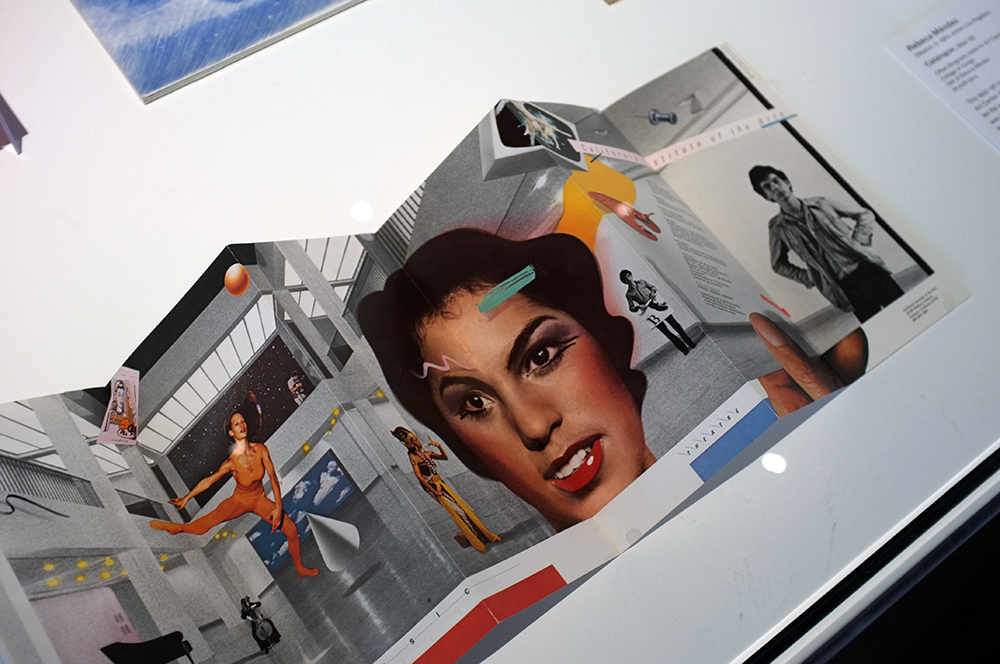
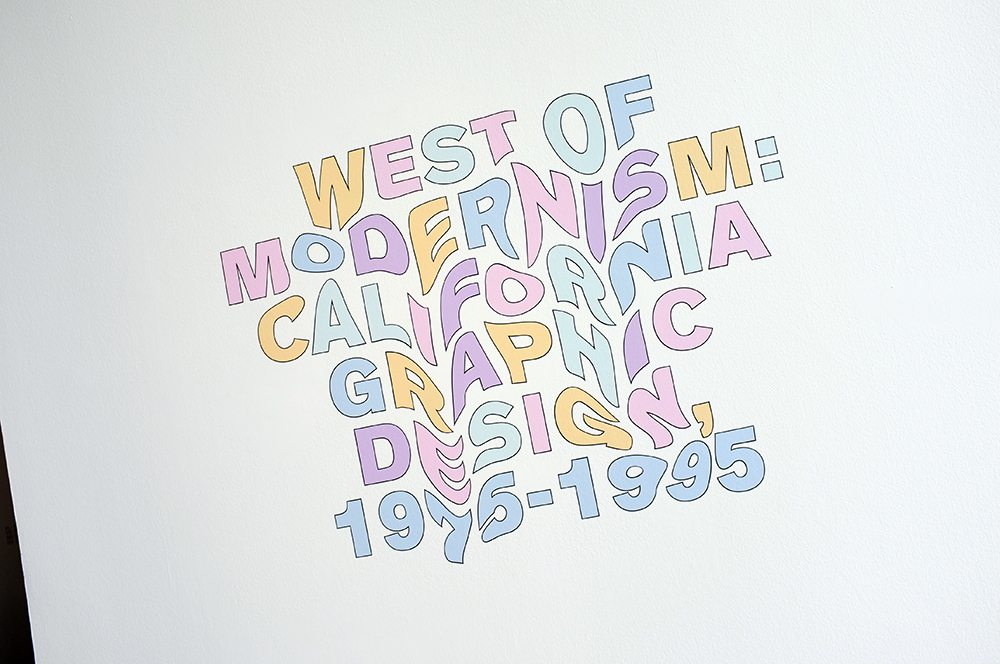
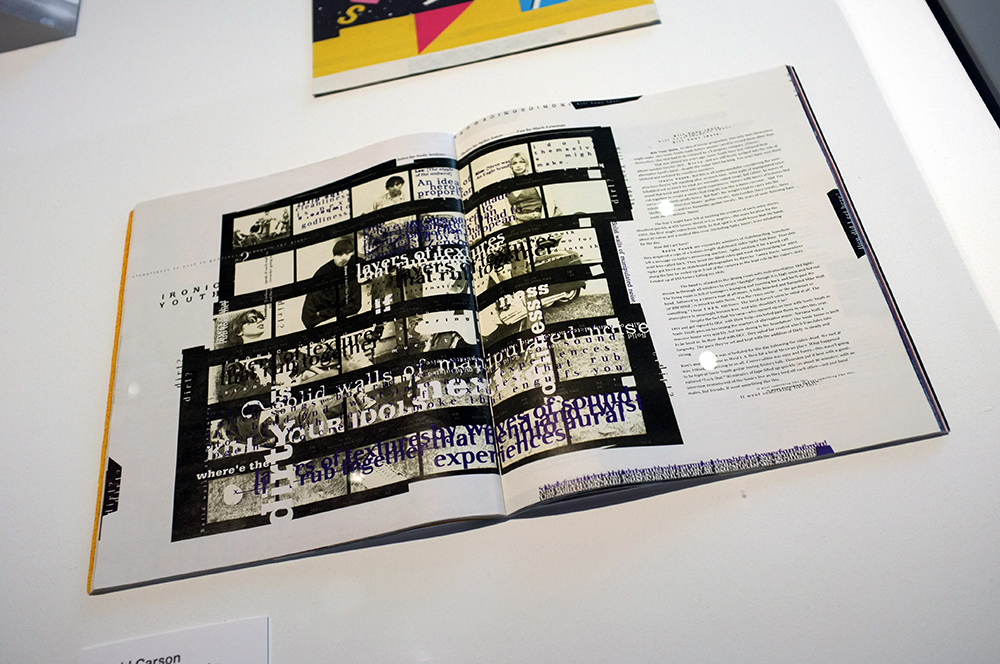
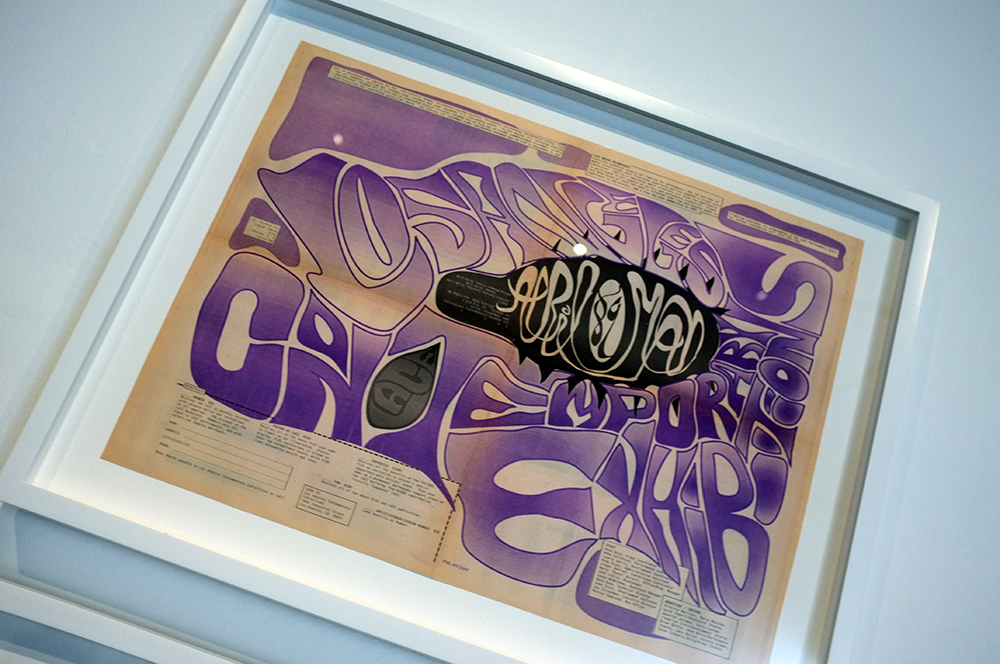
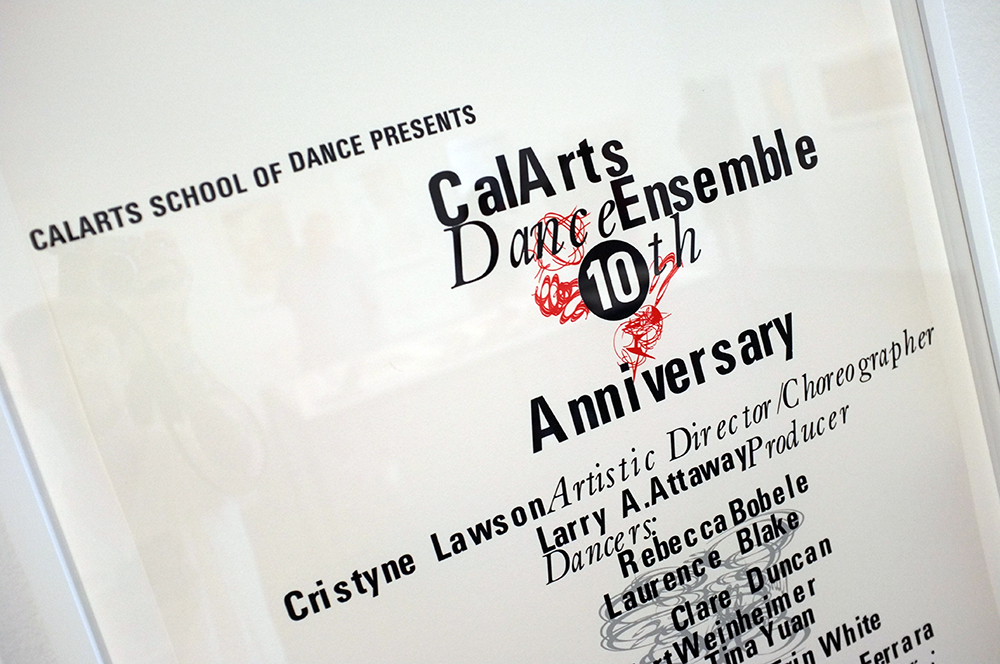
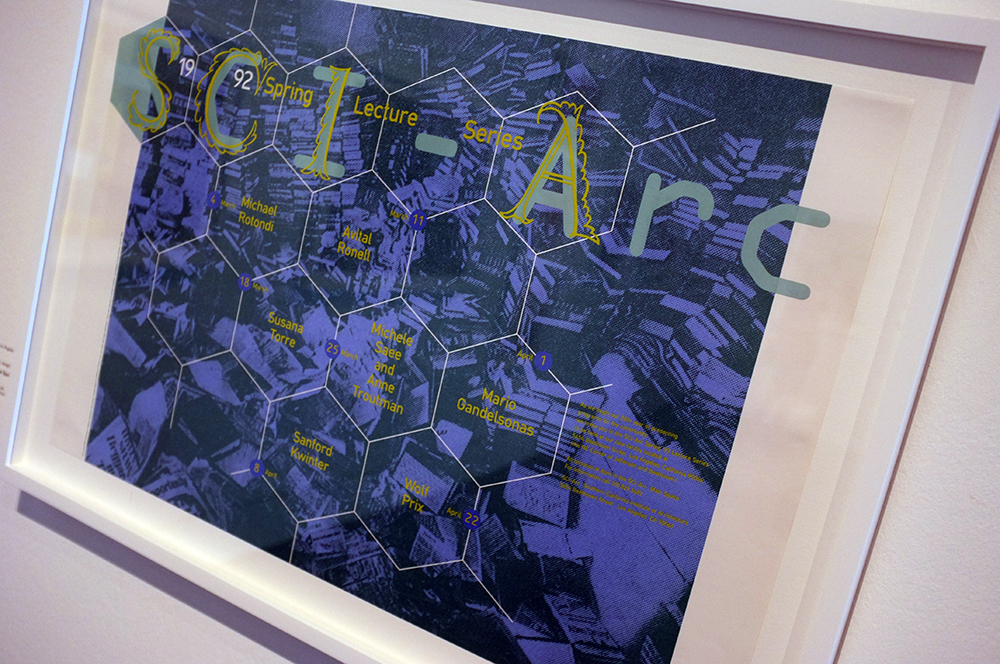

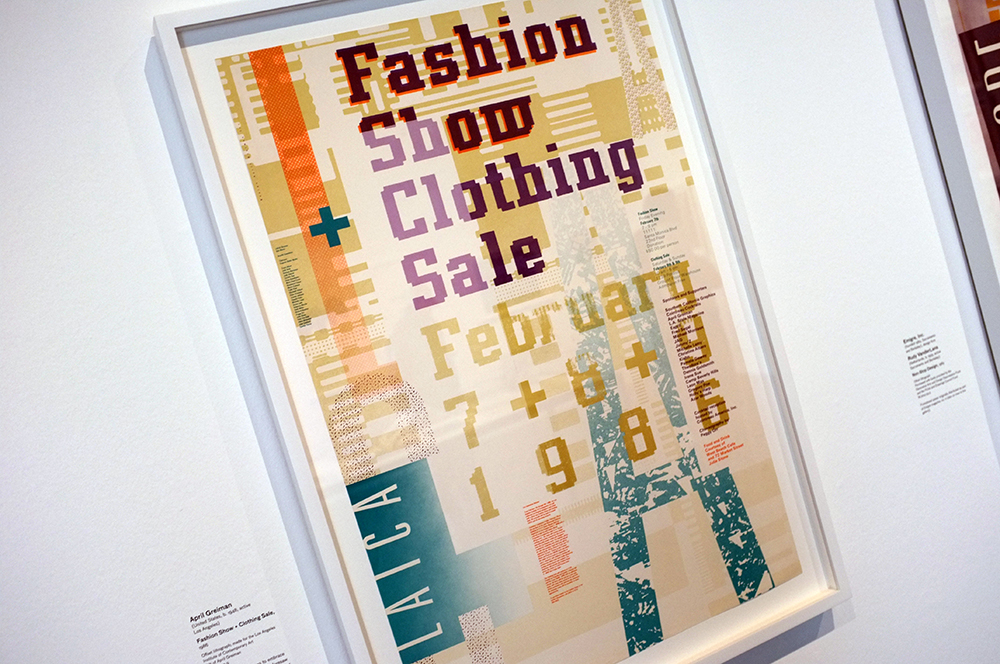
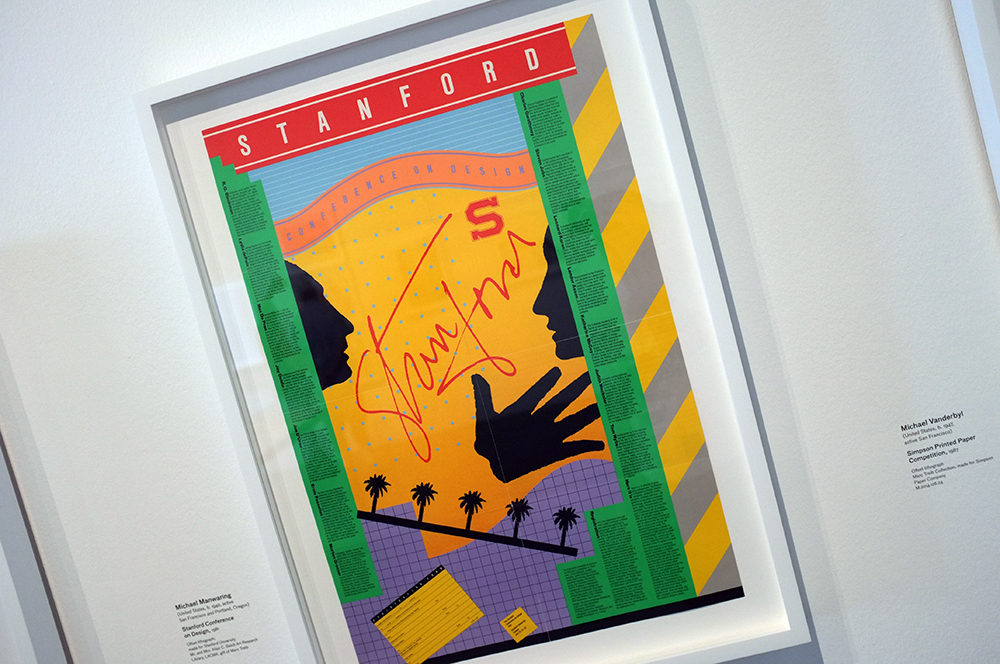
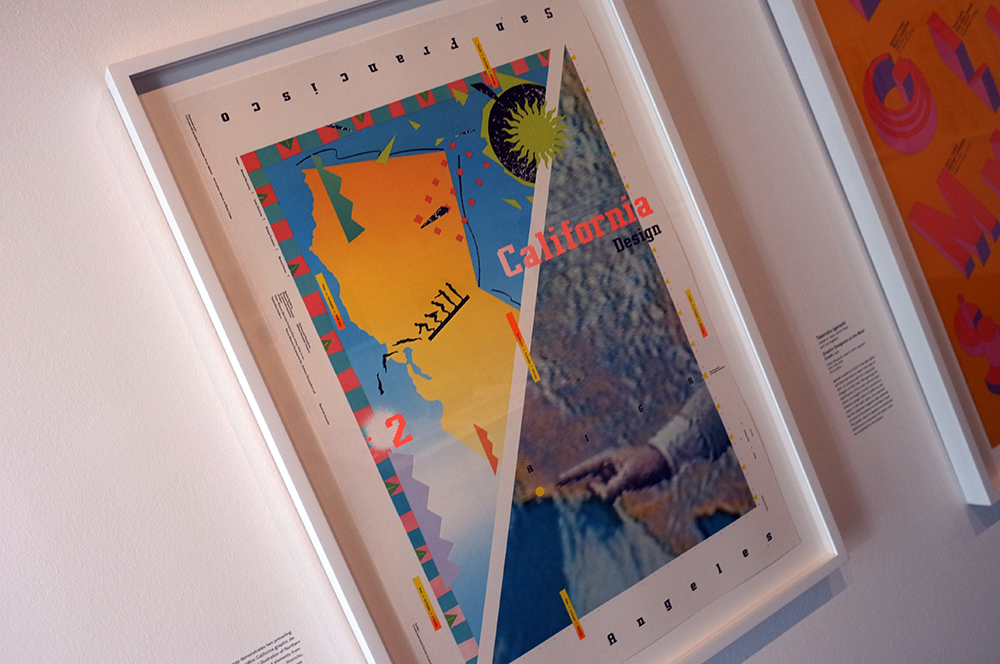



























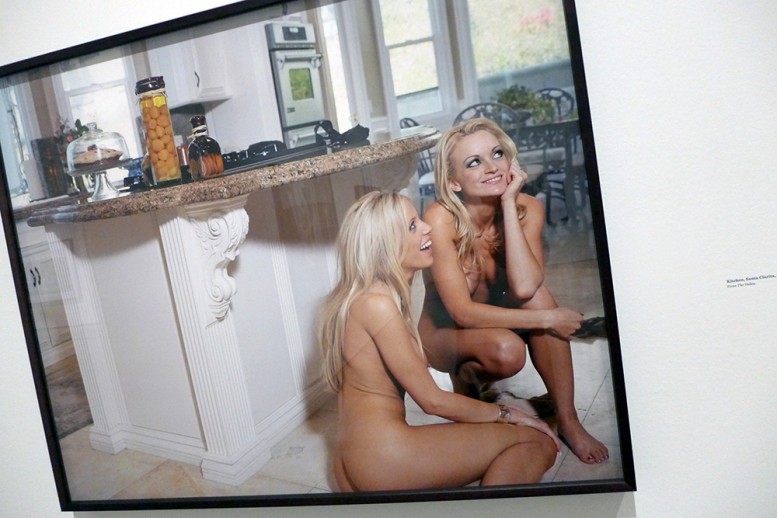
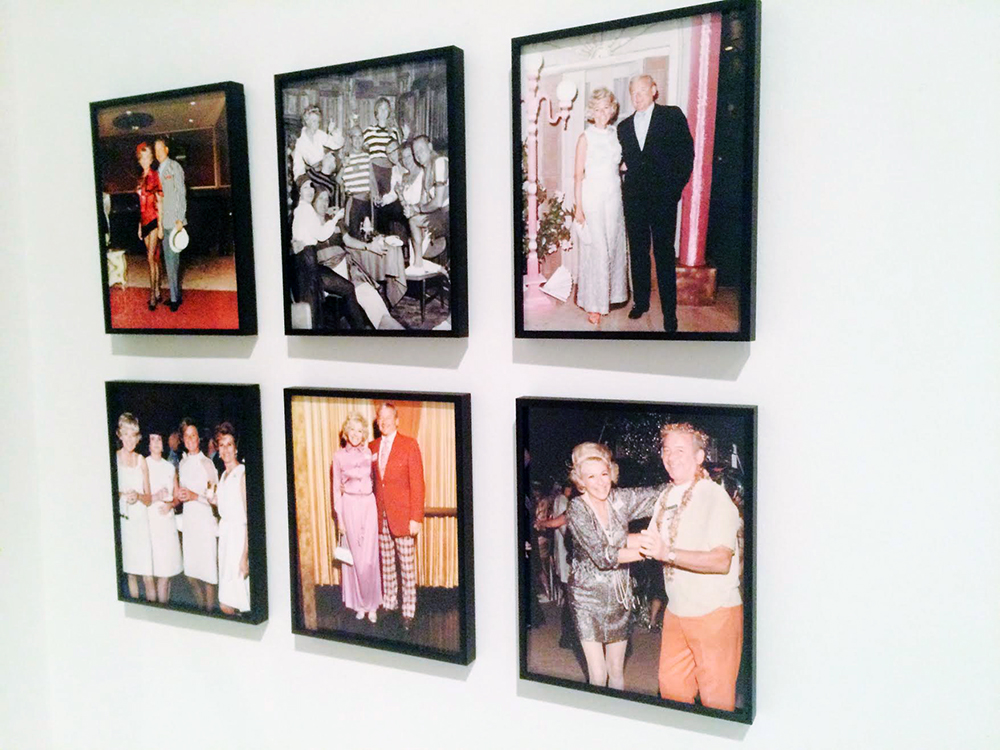
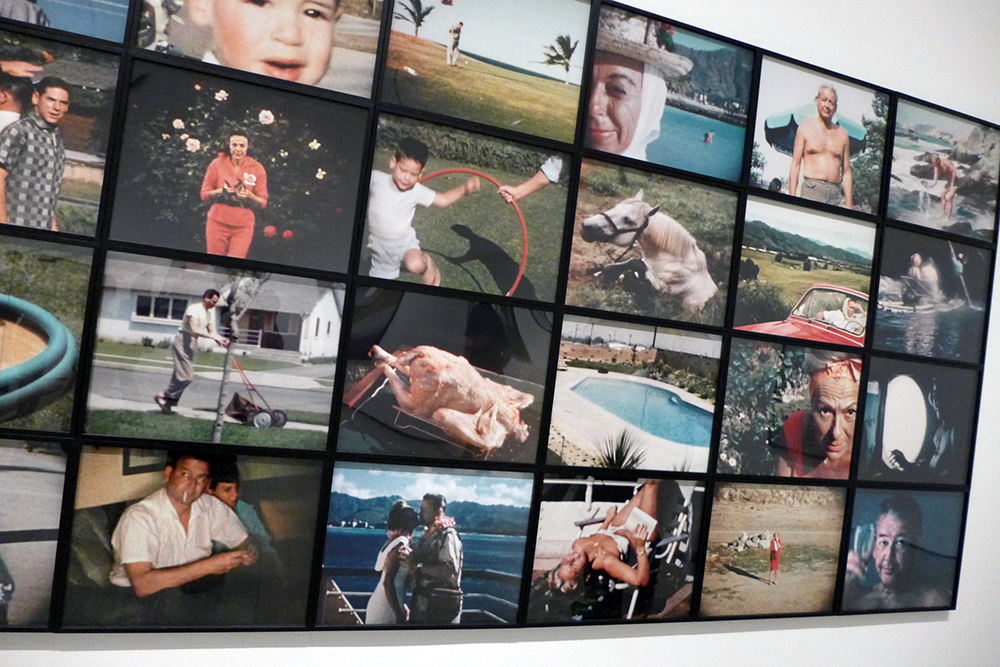
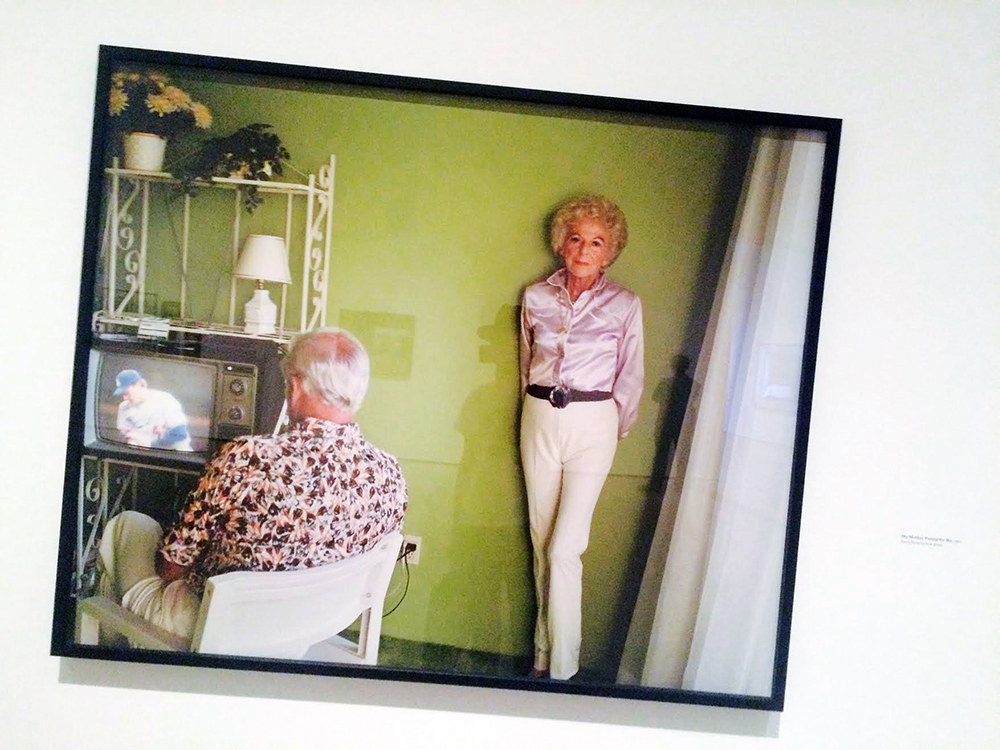
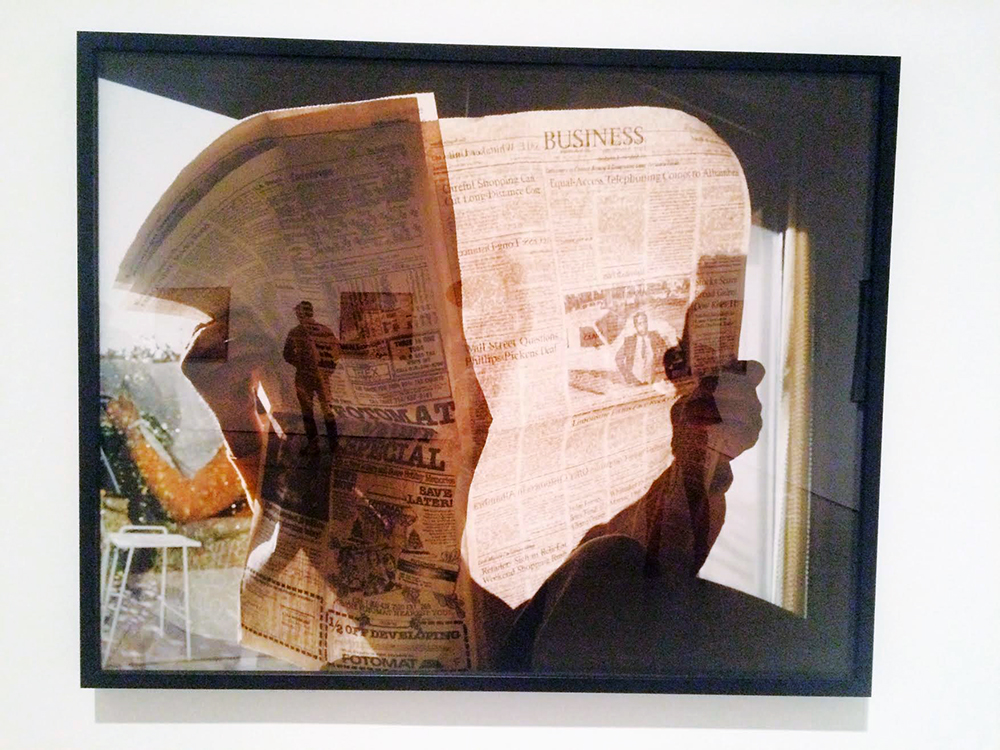
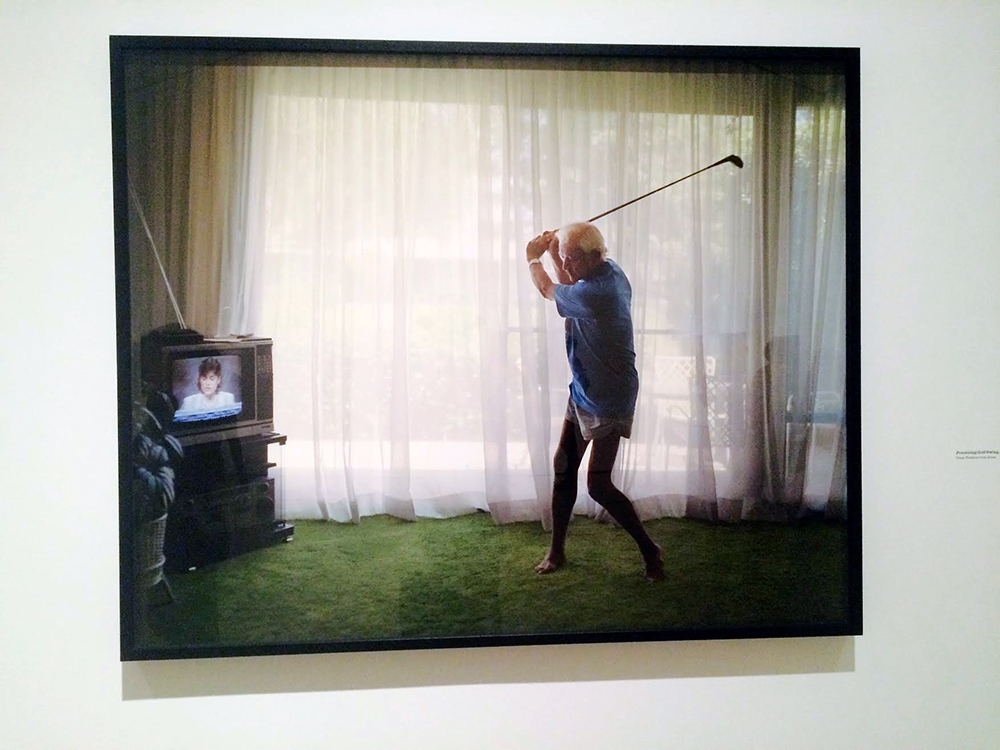
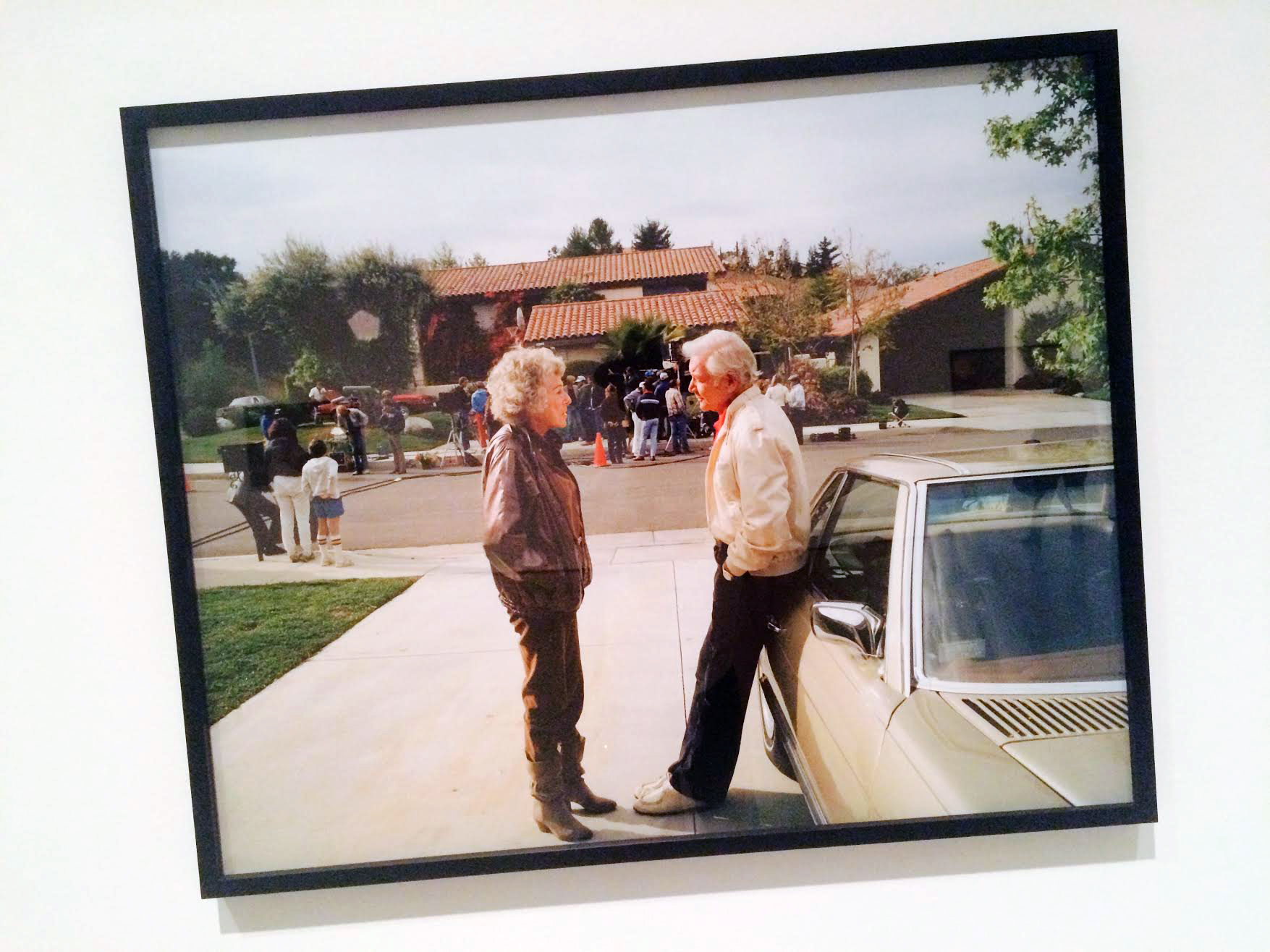
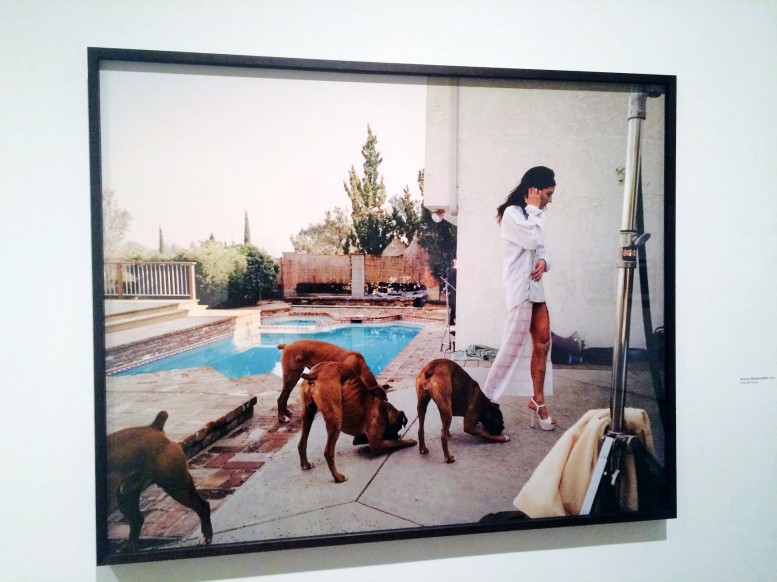
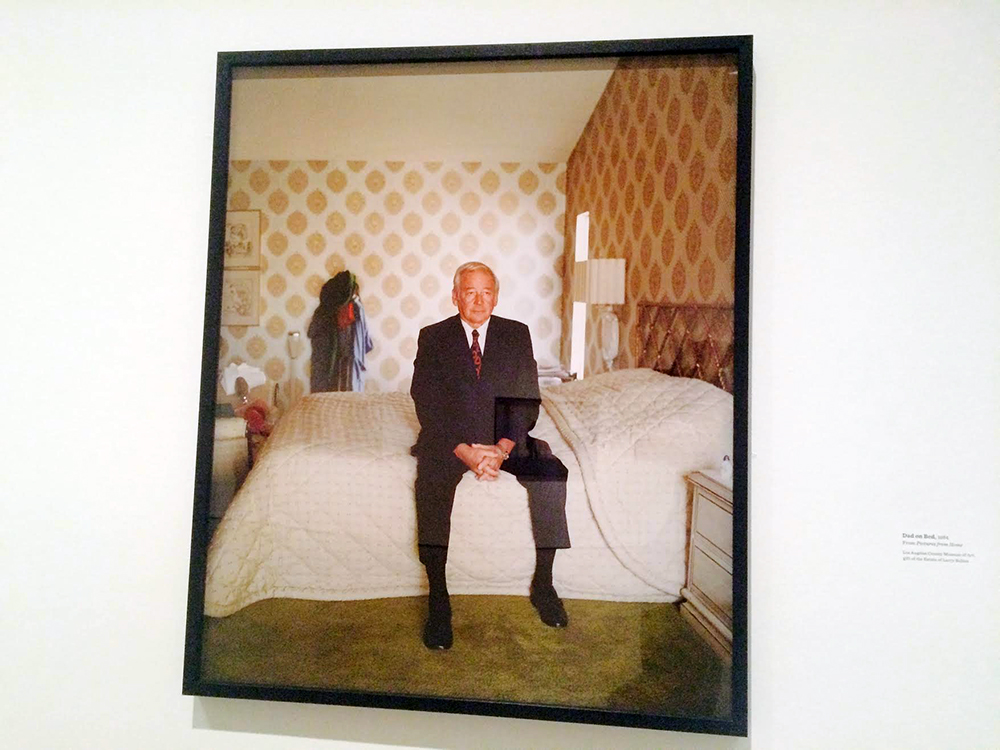
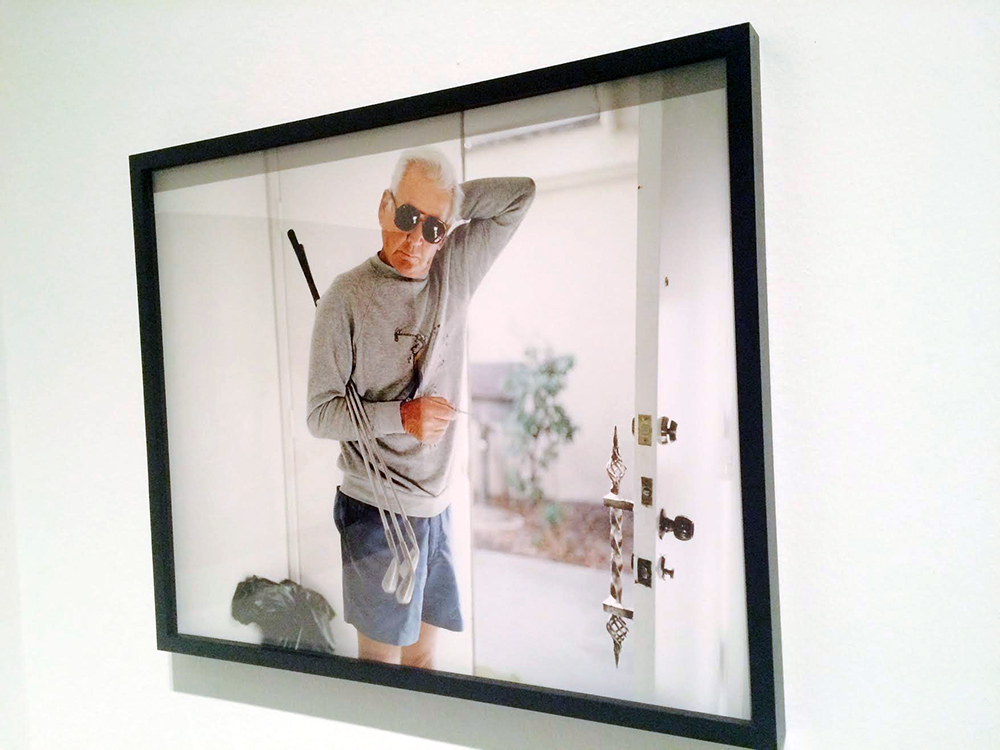
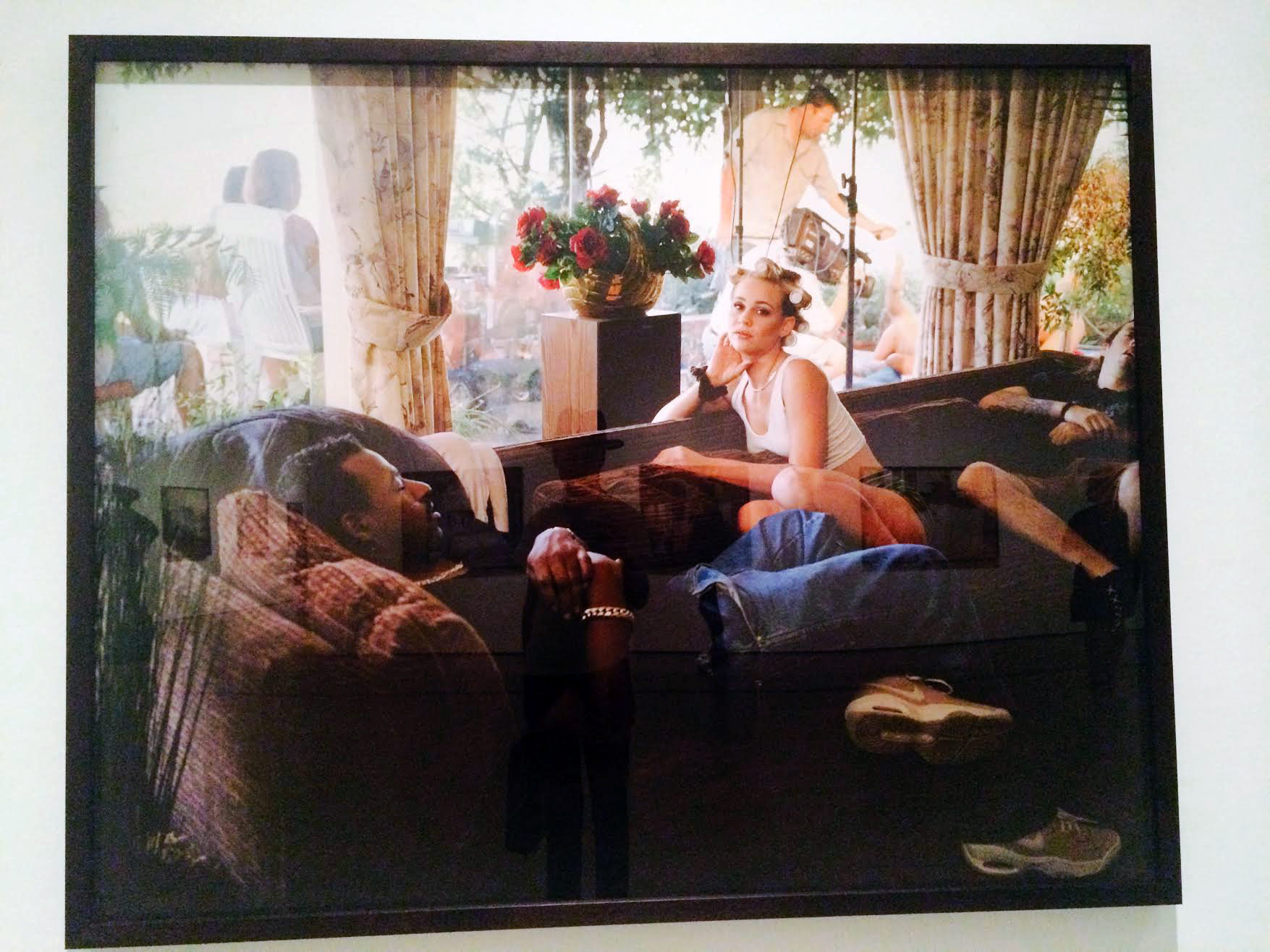
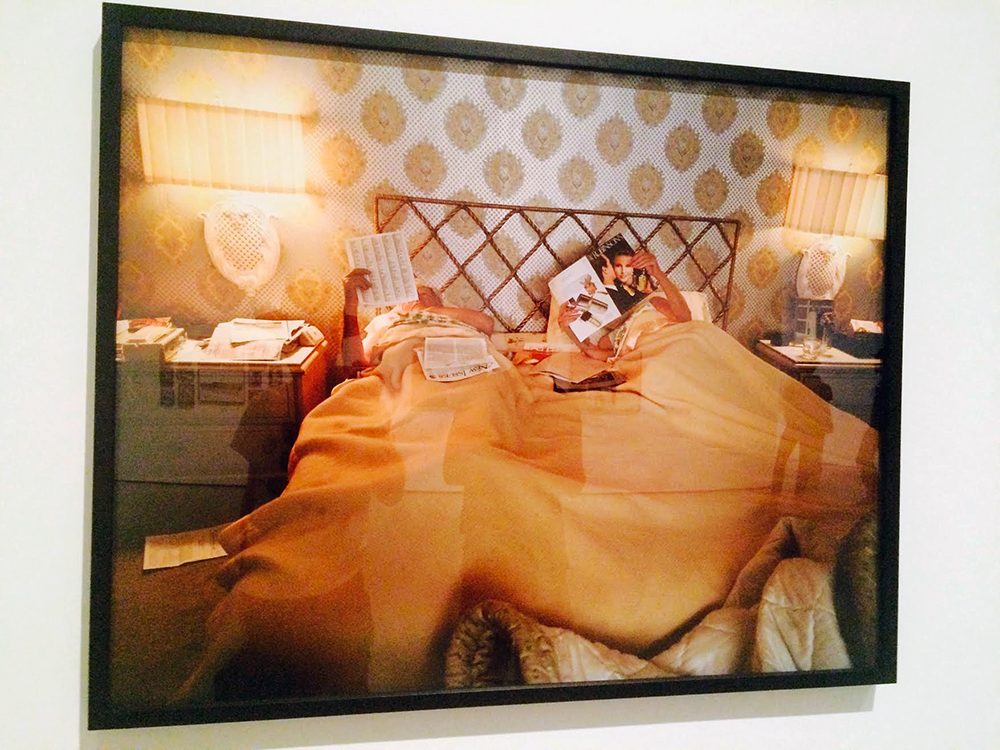
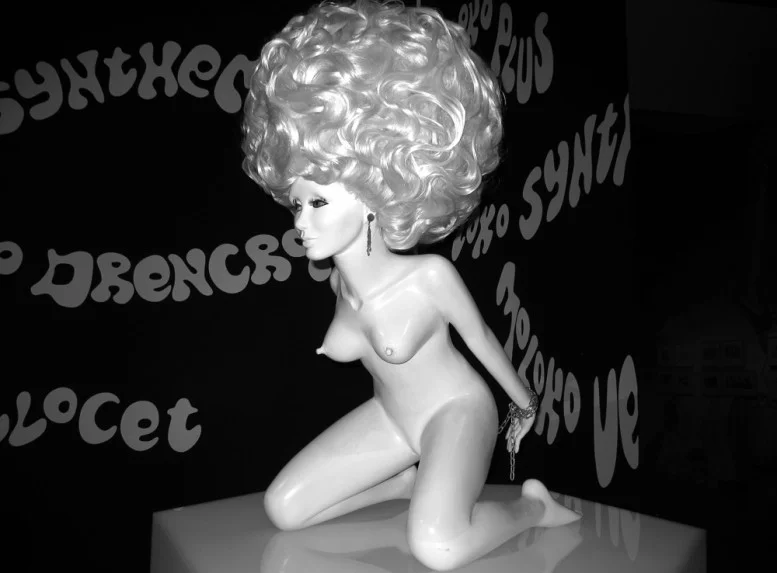


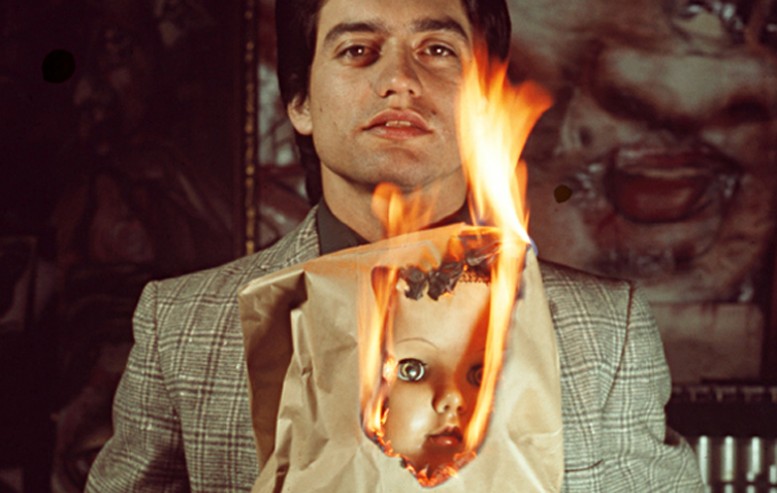 Harry Gamboa, Jr, Cruel, 1975. Super-8 film. Showing Willie Herrón III
Harry Gamboa, Jr, Cruel, 1975. Super-8 film. Showing Willie Herrón III